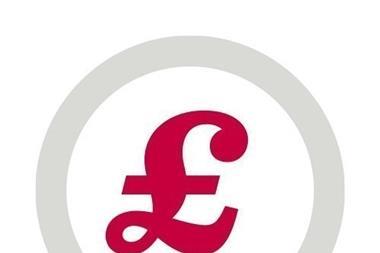
Like its predecessors, the Competition and Markets Authority continues to call out inflated pump prices blaming weak competition in the fuel retail sector. But like previous watchdog bodies it has also failed to come up with a solution despite its Fuel Finder scheme coming into force next year, argues industry commentator Jan Mikula.
Do you ever get that feeling that you’ve woken up on a new day only to find that things seem strangely to be repeating themselves, again? Maybe it’s just me, but perhaps if you’ve read the latest press release from the Competition and Markets Authority (CMA) you had that same reaction.
Under the heading ’High fuel margins continue to inflate pump prices for motorists’ they go on to say that while fuel prices have fallen since July, drivers are paying more for fuel than they should be as they continue to be squeezed by stubbornly high fuel margins. The CMA therefore remains concerned about weak competition in the sector and the impact on pump prices.
Essentially, they are repeating what their predecessors, The Monopolies & Mergers Commission, the Competition Commission, etc., have each in their own language said over the 40 years that I’ve been involved in the petrol retailing industry. And just like those bodies, they don’t really offer any solution to what they see as a problem.
The closest that they come to that is the suggestion that the Fuel Finder scheme will allow drivers to compare real-time fuel prices, via navigation apps, in-car devices and comparison websites. If they really believe that a significant enough proportion of consumers will buy their fuel solely on the basis of pump prices that appear on their in-car information displays or mobile phones to make a real difference to fuel pricing, then they must be living in an alternative universe.
Of course, there are some people who are already willing to drive some five or 10 miles each way in order to find what they expect to be the lowest pump price: and quite probably use enough additional fuel doing so to completely negate their expected saving. And those consumers will continue to do so, probably with the same result, and just spewing more CO2 into the air.
But going back to the CMA report itself it can be split into three fundamental assertions: Firstly, that there is a lack of competition in the fuel retail market, secondly that as a result of that, fuel margins are above historical levels, and thirdly that these higher margins are at the unnecessary expense of consumers. It looks perfectly logical – but is somewhat misleading.
On the subject of a lack of competition, multiple previous reports into the industry used to point to a perceived concentration of ownership of fuel retailers by five or six giant vertically-integrated oil companies. Most of those companies spent years complaining that they didn’t make much, or any profit from UK retailing operations – and went on to withdraw from retailing fuel in the UK.
None of the historic reports could ever prove it, but they implied that if ownership of retailers was more widespread, somehow competition would magically increase. While the numbers and structure of fuel retailing are substantially different to those of say 1984, from the outside the limited number of large fuel retailing groups looks remarkably similar in 2024. And the latest CMA report again seems to imply that this lack of competition is responsible for rising fuel margins, without stating it.
As far as those margins themselves are concerned, we really have to point-out, yet again, that gross margin is not the same as net profit. Those gross margins have to cover operating and investment costs; as those continue to rise, then margins must increase simply for net profit to remain static. In the latest Budget the government announced substantial increases in both statutory wage levels and Employers National Insurance contributions. Those increases will come out of gross margins – there’s nothing else to fund them.
To say that a ‘ack of competition is responsible for increased margins is to suggest that a greater diversity of ownership would somehow bring margins, and hence pump prices, down. Possibly it might – but are they expecting retail operators to compete to the point where their resulting margins don’t cover their increasing costs? That’s how businesses either withdraw from a market – or go bust.
- Jan Mikula represents nationwide franchise accounting company EKW Group – ekwgroup.co.uk
































